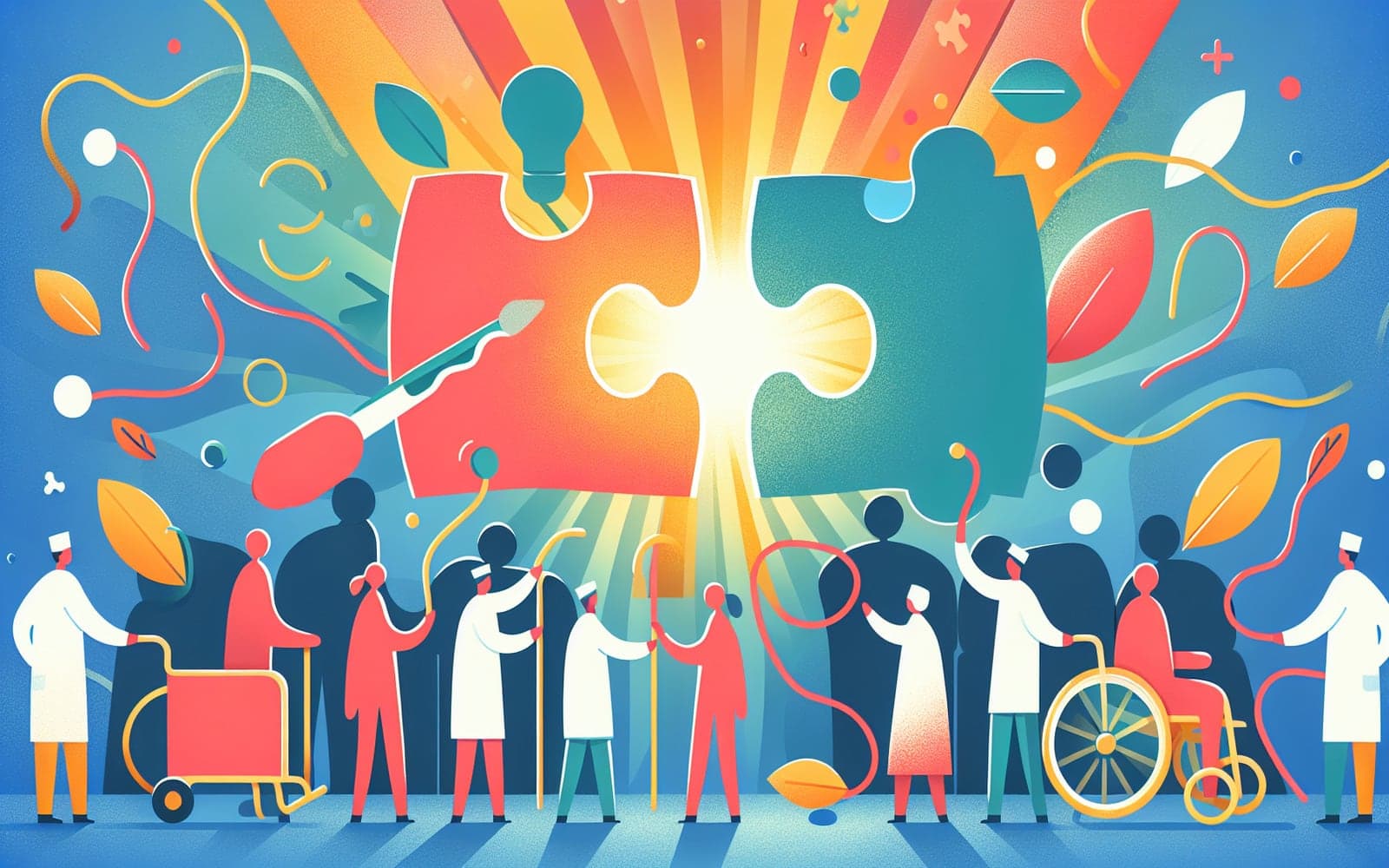Cracking the Code: How Doctors Diagnose Guillain-Barré Syndrome
Published: Dec 09, 2023

Medically reviewed by Benjamin Seth Martinez | MD, Statpearls - Director of Clinical Content on December 9th, 2023.
Diagnosing Guillain-Barré syndrome (GBS) can be tricky, as its symptoms mimic other conditions. However, a combination of careful examination and specific tests can help doctors pinpoint this rare disorder.
Contents
The Physical Exam: First Line of Defense
The diagnostic process typically starts with a thorough physical examination. Doctors will test your muscle strength, reflexes, and sensations. They're looking for signs of weakness that starts in the legs and moves upward, as well as decreased or absent reflexes. This pattern is a hallmark of GBS. They'll also ask about recent illnesses, as GBS often follows an infection.
Spinal Tap: Tapping into Crucial Clues
A key test in diagnosing GBS is a lumbar puncture, also known as a spinal tap. In this procedure, a small amount of cerebrospinal fluid (CSF) is drawn from your lower back. In GBS, this fluid often shows a higher-than-normal protein level with a normal cell count. This is like finding too much seasoning but the right amount of vegetables in a soup - it's a telltale sign of GBS.

Nerve Conduction Studies and EMG: Electrical Detective Work
Nerve conduction studies and electromyography (EMG) are crucial in confirming GBS. These tests measure how well and how fast your nerves are sending electrical signals. In GBS, these signals are often slowed or blocked. It's like checking the wiring in your house - these tests can reveal where the 'short circuits' are happening in your nervous system.
Frequently Asked Questions
It can take days to weeks to confirm GBS.
Some may cause brief discomfort, but they're generally well-tolerated.
Yes, which is why multiple tests are often needed.
Not always; clinical judgment is also crucial.
Key Takeaways
Diagnosing GBS is like solving a complex puzzle, requiring a combination of clinical expertise and specialized tests.
Wondering about the diagnostic process for GBS? Consult with Doctronic to understand your options and next steps.Related Articles
References
Willison HJ, et al. Lancet. 2016;388(10045):717-727.
van den Berg B, et al. Nat Rev Neurol. 2014;10(8):469-482.
This article has been reviewed for accuracy by one of the licensed medical doctors working for Doctronic. Always discuss health information with your healthcare provider.

